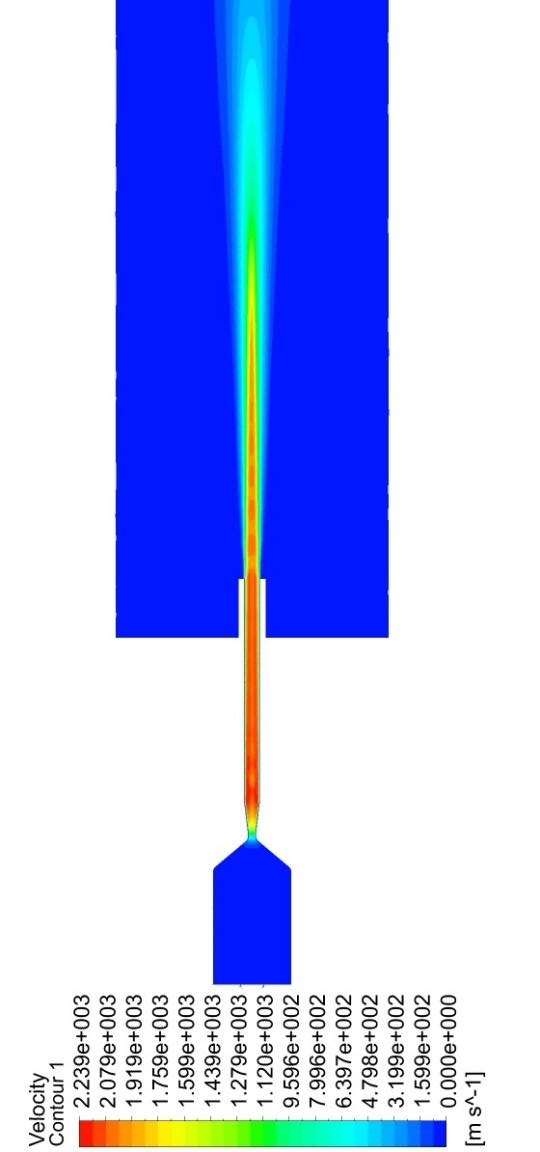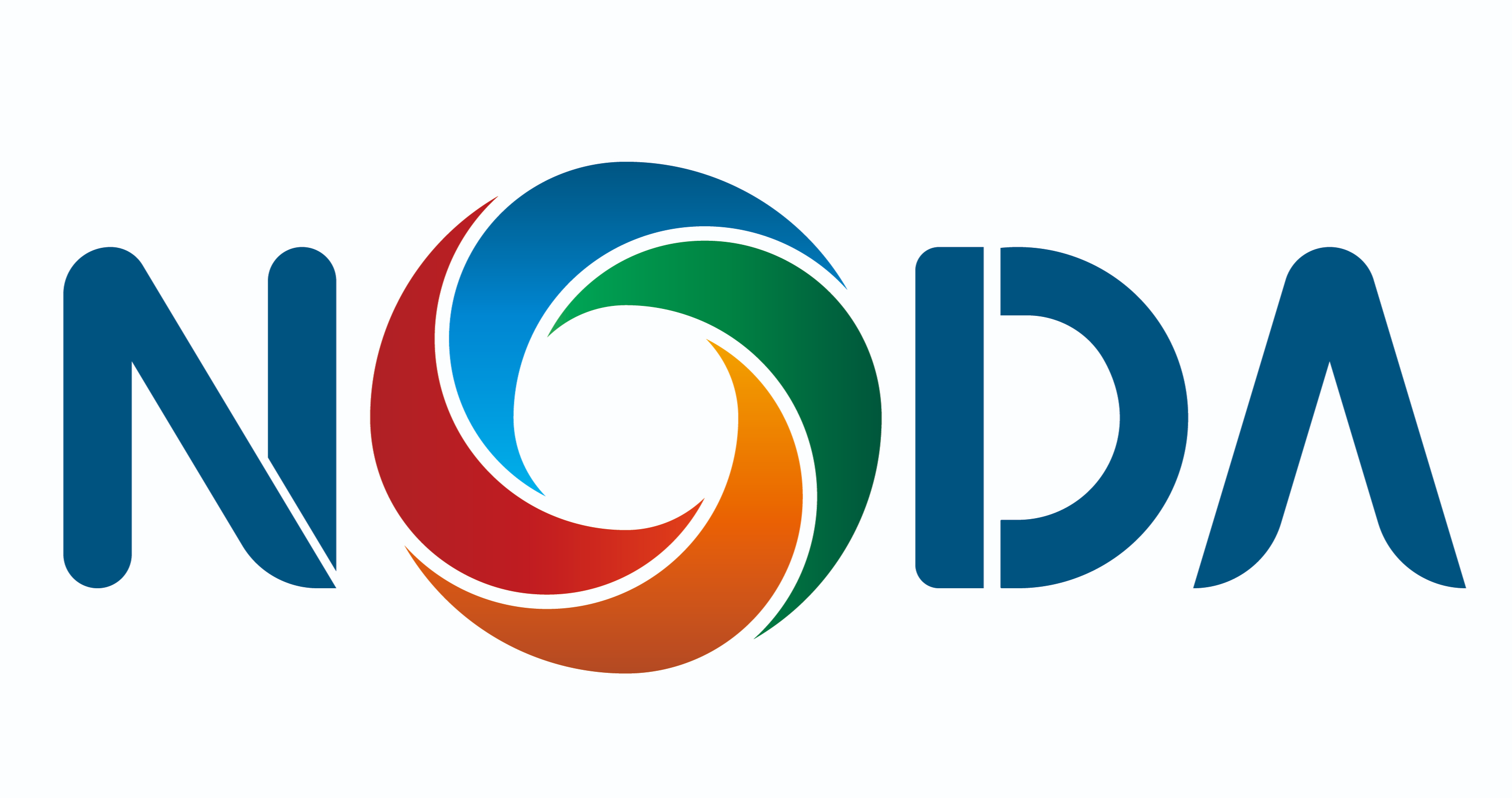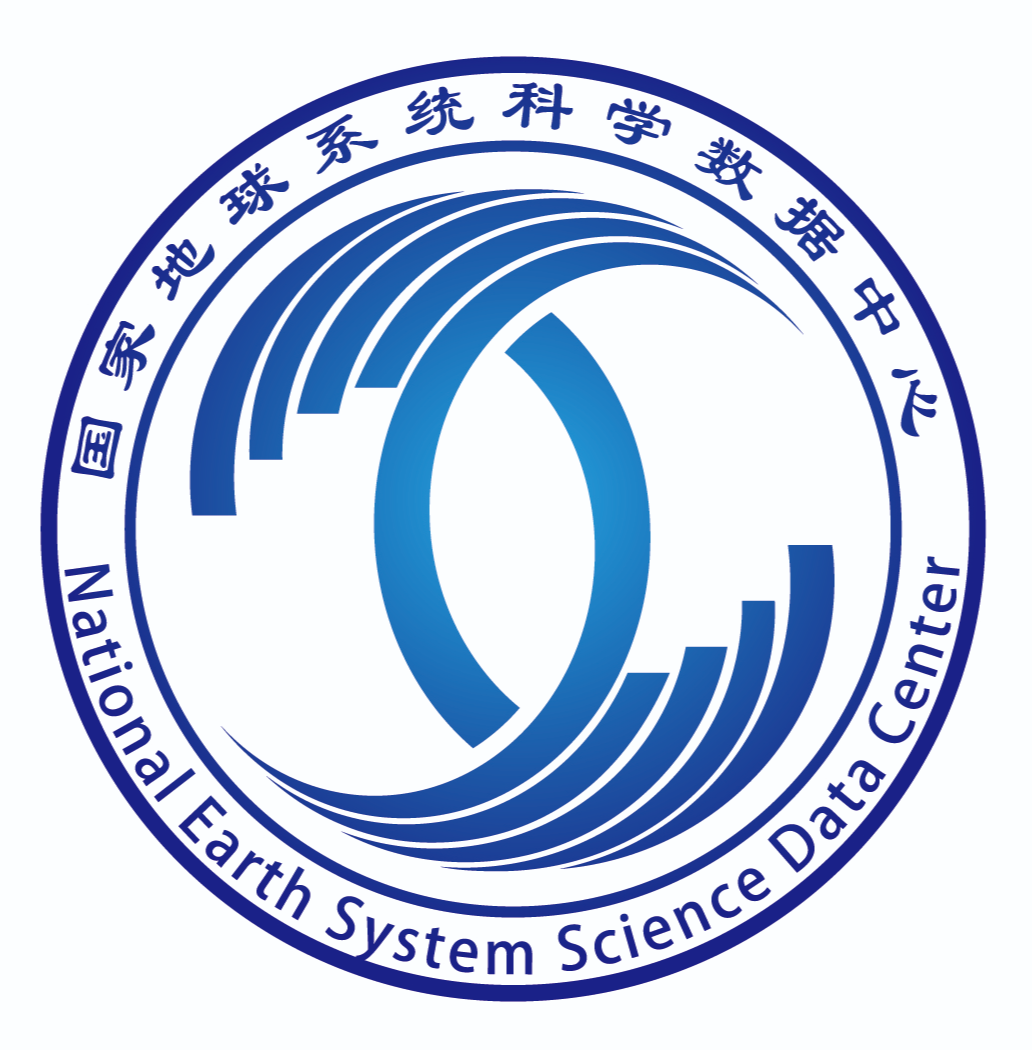名称 : 低温高速火焰喷涂2 MPa一次氮气注入的速度场
英文名称 : 2 MPa velocity field for primary nitrogen injection
材料 : 431
委托单位 : 中国人民解放军军事科学院国防科技创新研究院
实验单位 : 中国人民解放军军事科学院国防科技创新研究院
实验方法 : 无
实验设备 : 无
实验条件 : 无
说明 : 以2 MPa一次氮气压力为例对焰流速度进行分析,如图所示。煤油和氧气在燃烧室内部发生燃烧反应,使内部气体受热快速膨胀,当气体进入拉瓦尔喷嘴后,其速度迅速提高至超音速,在不注入二次氮气时速度最高可达2239 m/s。随后,超音速气流快速从喷管直管段喷出,进入外部空气域,并在喷口处生成5-6个明显的马赫锥。从气体的自由射流阶段可以看出,超音速焰流与空气间存在很大的速度梯度。这些速度梯度交界面处因流场的失稳现象会将常温的空气卷入高温气体中,加速了空气与焰流惨混的现象,导致焰流速度随着喷涂距离的延长不断下降。
英文说明 : The flame flow velocity is analyzed with 2 MPa primary nitrogen pressure as an example, as shown in the figure. The combustion reaction between kerosene and oxygen inside the combustion chamber causes the internal gas to expand rapidly by heat, and when the gas enters the Laval nozzle, its velocity increases rapidly to supersonic speed, and the velocity reaches up to 2239 m/s without secondary nitrogen injection. subsequently, the supersonic gas stream is rapidly ejected from the straight section of the nozzle into the external air domain, and 5-6 obvious Mach cones are generated at the nozzle. From the free jet phase of the gas, it can be seen that there are large velocity gradients between the supersonic flame and the air. These velocity gradients at the interface due to the instability of the flow field will be room temperature air into the high temperature gas, accelerating the phenomenon of air and flame mis-mixing, resulting in the flame velocity with the extension of the spraying distance decreasing.
数据来源 : 分析测试报告
重点项目名称 : 废旧重型装备损伤检测与再制造形性调控技术
项目所属数据集 : 低温高速火焰喷涂枪设计与建模数据数据集






















